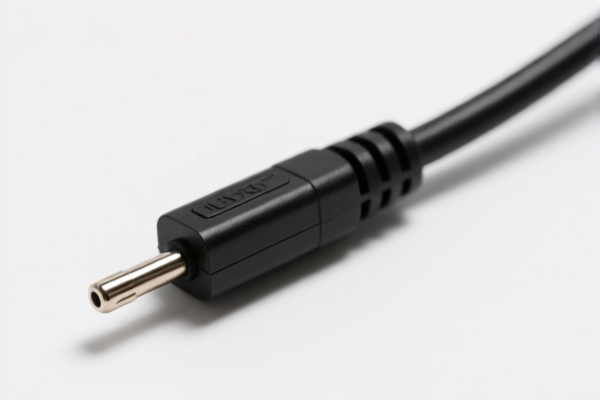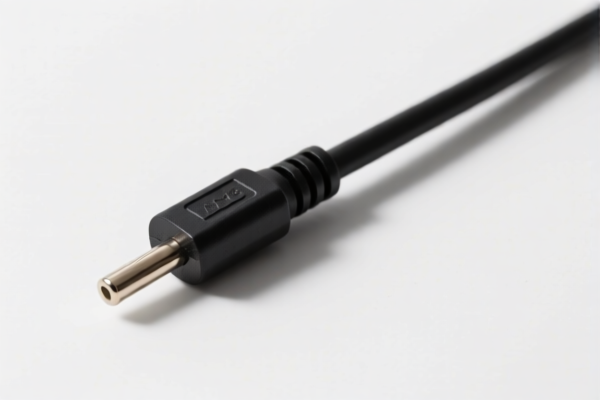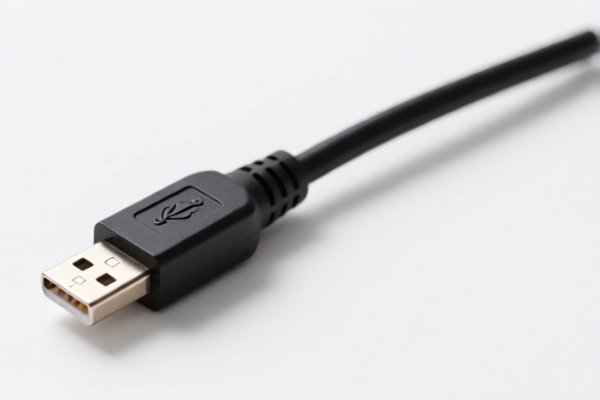| HS Code | Official Doc | Tariff Rate | Origin | Destination | Effective Date |
|---|---|---|---|---|---|
| 8544422000 | Doc | 55.0% | CN | US | 2025-05-12 |
| 8544491000 | Doc | 55.0% | CN | US | 2025-05-12 |
| 9001100030 | Doc | 61.7% | CN | US | 2025-05-12 |
| 8518908100 | Doc | 55.0% | CN | US | 2025-05-12 |
| 8530900000 | Doc | 55.0% | CN | US | 2025-05-12 |
| 8530800000 | Doc | 55.0% | CN | US | 2025-05-12 |
| 8608000000 | Doc | 58.8% | CN | US | 2025-05-12 |
| 8608000000 | Doc | 58.8% | CN | US | 2025-05-12 |
| 3926905000 | Doc | 41.3% | CN | US | 2025-05-12 |
| 3926909989 | Doc | 42.8% | CN | US | 2025-05-12 |




Audio Cable
An audio cable transmits analog audio signals. These cables are used to connect various audio devices, enabling sound transfer between sources and destinations.
Material
Audio cables are constructed from several key components:
- Conductors: Typically made of copper or silver, chosen for their conductivity. Oxygen-free copper (OFC) is common, minimizing signal loss.
- Insulation: Materials like polyethylene (PE), polypropylene (PP), or Teflon (PTFE) are used to prevent short circuits and signal interference.
- Shielding: Essential for reducing electromagnetic interference (EMI) and radio-frequency interference (RFI). Common shielding types include:
- Unshielded: Least expensive, suitable for short cable runs in low-interference environments.
- Shielded: Uses a braided copper shield or a foil shield to block interference.
- Double Shielded: Provides enhanced interference protection with multiple layers of shielding.
- Outer Jacket: Typically made of PVC or a more durable material like braided nylon, providing physical protection and flexibility.
- Connectors: Commonly gold-plated for corrosion resistance and improved signal transfer.
Purpose
The primary purpose of an audio cable is to carry audio signals from a source (e.g., a microphone, CD player, computer) to a destination (e.g., speakers, headphones, amplifier, recording interface). They facilitate the transmission of sound for various applications, including:
- Music playback: Connecting audio sources to speakers or headphones.
- Recording: Linking microphones to recording devices.
- Live sound reinforcement: Connecting instruments, microphones, and mixers.
- Home theater systems: Connecting components like DVD players, receivers, and speakers.
Function
Audio cables function by transmitting electrical signals that represent the sound wave. The quality of the cable, including the materials used and the shielding effectiveness, impacts the signal's fidelity and clarity. Key functional aspects include:
- Signal Transmission: Efficiently carrying the audio signal with minimal loss or distortion.
- Impedance Matching: Cables are designed to match the impedance of connected devices for optimal signal transfer.
- Noise Reduction: Shielding minimizes interference, resulting in a cleaner audio signal.
Usage Scenarios
- Home Stereo Systems: Connecting CD players, turntables, amplifiers, and speakers.
- Professional Recording Studios: Connecting microphones, instruments, mixing consoles, and audio interfaces.
- Live Performances: Connecting instruments, microphones, and speakers for concerts and events.
- Home Theater Setups: Connecting DVD/Blu-ray players, gaming consoles, receivers, and speakers.
- Computers and Mobile Devices: Connecting headphones, speakers, and external audio interfaces.
Common Types
- RCA Cables: Commonly used for home stereo systems. Typically color-coded (red for right channel, white for left channel).
- TRS/TS Cables (1/4 inch): Versatile cables used for instruments, headphones, and professional audio equipment. TRS (Tip-Ring-Sleeve) is balanced, while TS (Tip-Sleeve) is unbalanced.
- XLR Cables: Balanced cables commonly used in professional audio applications for microphones and mixers, offering superior noise rejection.
- 3.5mm Cables (Aux Cables): Common for connecting portable devices, headphones, and computers.
- Optical Cables (Toslink): Transmit digital audio signals using light, providing immunity to electrical interference.
- USB Cables: Transmit digital audio signals and can also provide power. Often used for connecting audio interfaces and digital audio devices.
- HDMI Cables: Transmit both video and audio signals, commonly used in home theater setups.
Based on the provided information, the following HS codes are relevant to “audio cable”:
- 8544422000: This HS code covers insulated wire, cable (including coaxial cable), and other insulated electric conductors, whether or not fitted with connectors. Specifically, it applies to “Other electric conductors, for a voltage not exceeding 1,000 V”, and is further defined as “Fitted with connectors: Other: Of a kind used for telecommunications”. Audio cables transmitting signals fall under this category. The total tax rate is 55.0%, comprising a base tariff of 0.0%, an additional tariff of 25.0%, and a tariff of 30.0% effective after April 2, 2025.
- 8544491000: This HS code also covers insulated wire, cable (including coaxial cable), and other insulated electric conductors, whether or not fitted with connectors. It applies to “Other electric conductors, for a voltage not exceeding 1,000 V”, but is defined as “Other: For a voltage not exceeding 80 V: Of a kind used for telecommunications”. Audio cables with a voltage not exceeding 80V are classified under this code. The total tax rate is 55.0%, with a base tariff of 0.0%, an additional tariff of 25.0%, and a tariff of 30.0% effective after April 2, 2025.
- 8518908100: This HS code covers parts of microphones and stands, loudspeakers, headphones, and earphones. Specifically, it applies to “Parts: Other: Other”. If the audio cable is considered a component part of these audio devices, it may fall under this classification. The total tax rate is 55.0%, with a base tariff of 0.0%, an additional tariff of 25.0%, and a tariff of 30.0% effective after April 2, 2025.
Important Note: The applicable HS code depends on the specific characteristics of the audio cable, including its voltage rating and whether it is supplied as a standalone product or as a component part of a larger audio device.
Customer Reviews
No reviews yet.